
Doctors Warn Of Rising Cases Of “Popcorn Lung” Among Young Adults — Here’s What You Need To Know
Young people have been cautioned about “popcorn lung,” a severe and permanent respiratory disease also known as bronchiolitis obliterans.
Popcorn lung is often associated with vaping and e-cigarettes due to the presence of harmful compounds like diacetyl. This chemical is commonly used to create flavorings but can cause significant damage when inhaled.
Donal O’Shea, a chemistry professor at RCSI University of Medicine and Health Sciences, explained in an article for The Conversation that the term “popcorn lung” originated in 2000, when several workers at a microwave popcorn factory developed lung problems from exposure to diacetyl.
Similar to the popcorn factory scenario, many flavored vaping products contain diacetyl, which transforms into a toxic inhalant when aerosolized.
“It causes inflammation and scarring in the bronchioles—the smallest airways in the lungs—making it increasingly difficult for air to move through,” O’Shea said.
He emphasized that there is no cure for popcorn lung. Once the lungs are damaged, treatment focuses solely on symptom management.
“Management can include bronchodilators, steroids, and in extreme cases, lung transplantation. This is why prevention—not treatment—is the most effective and essential defence.”
What Causes Popcorn Lung?
Workers at popcorn factories suffered permanent and debilitating lung damage due to inhaling diacetyl over extended periods. While diacetyl is now banned in e-cigarettes across the UK and EU, it can still be found in some illicit products. Additionally, the substance remains present in vaping products in the United States and other regions.
According to Cancer Research UK, other factors may also contribute to popcorn lung. Lung infections, chronic illnesses affecting the respiratory system, or exposure to environmental pollutants can all play a role in damaging the small airways.
Is There a Link Between Popcorn Lung and Vaping?
A key concern among health experts is that research into vaping and its potential long-term effects remains limited. Meanwhile, the popularity of vaping continues to rise, particularly among young people.
In the UK, the Office for National Statistics reports that e-cigarettes and vapes are now used by more adults over the age of 16 than traditional cigarettes. Daily use is most common among people aged 25 to 49.
In the United States, CDC data from the previous year showed that e-cigarettes were the most commonly used tobacco product among middle and high school students. Among those who had ever tried e-cigarettes, 43.6 percent reported current use.
While the evidence directly linking vaping to popcorn lung is still limited, organizations such as the American Lung Association have described the condition as “a dangerous risk associated with flavored e-cigarettes,” particularly those containing diacetyl.
Symptoms of Popcorn Lung
Popcorn lung typically presents with two primary symptoms, which usually develop between two weeks and two months after exposure to harmful chemicals or infections. According to WebMD, these main symptoms are:
-
A persistent dry cough
-
Shortness of breath
Symptoms often worsen during physical activity or strenuous work. Additional warning signs can include wheezing, even in the absence of a cold or asthma, and unexplained fatigue.
The Cleveland Clinic notes that some individuals may also experience fever, night sweats, or skin rashes. However, in some cases, early stages of popcorn lung may show no noticeable symptoms at all, making early detection difficult.
Why Awareness Is Crucial
Given the irreversible nature of popcorn lung, raising awareness about its causes and symptoms is vital. Health experts stress that avoiding exposure to harmful chemicals—especially through vaping—is the most effective way to protect lung health.
Parents, educators, and healthcare providers are encouraged to inform young people about the potential risks of flavored e-cigarettes and to promote safer alternatives for those seeking to quit smoking or vaping.
The growing trend of vaping among teenagers and young adults highlights the urgent need for stronger regulations and public education campaigns, ensuring that fewer people suffer from this preventable yet devastating illness.
News in the same category

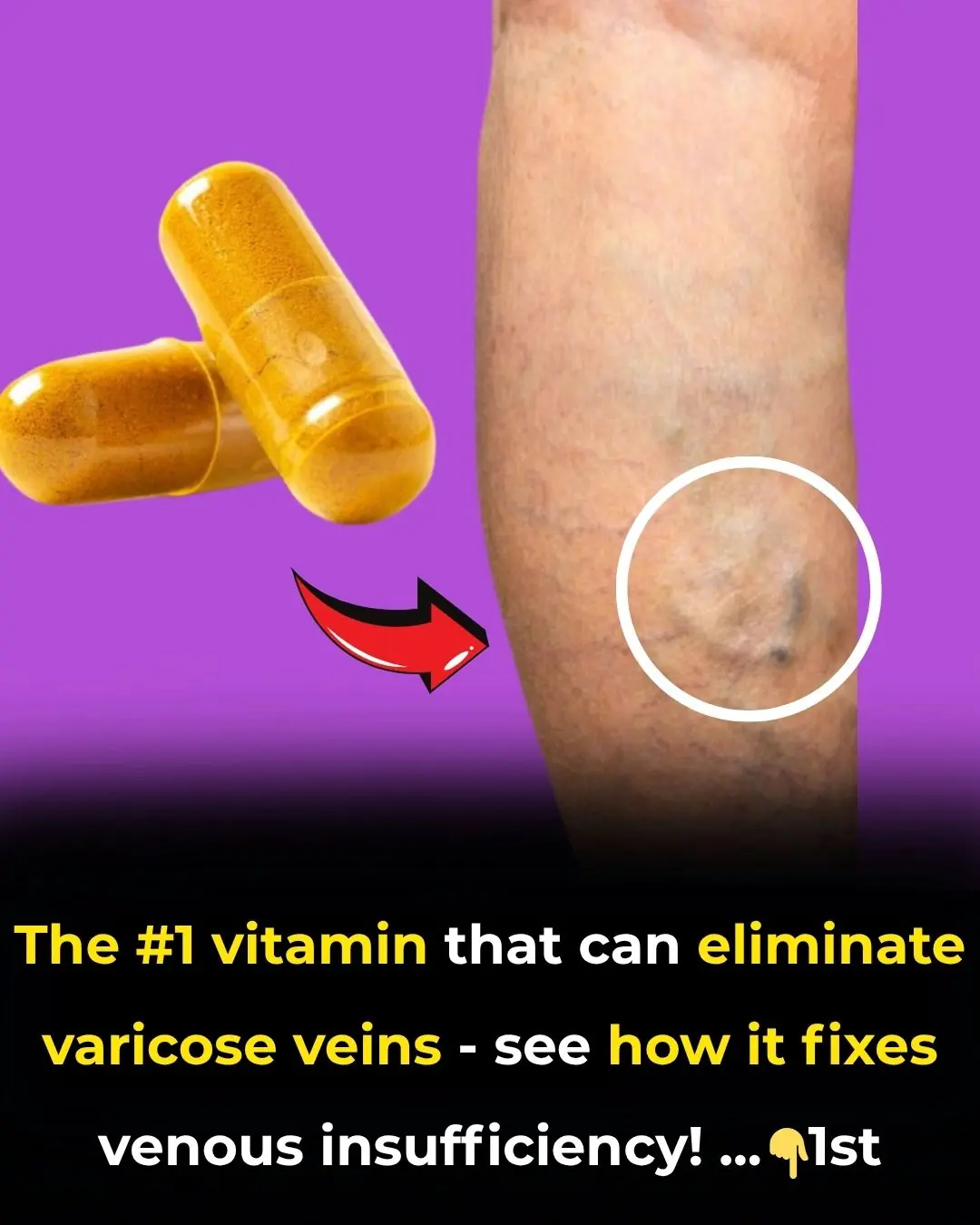
The #1 vitamin that can eliminate varicose veins—see how it fixes venous insufficiency!
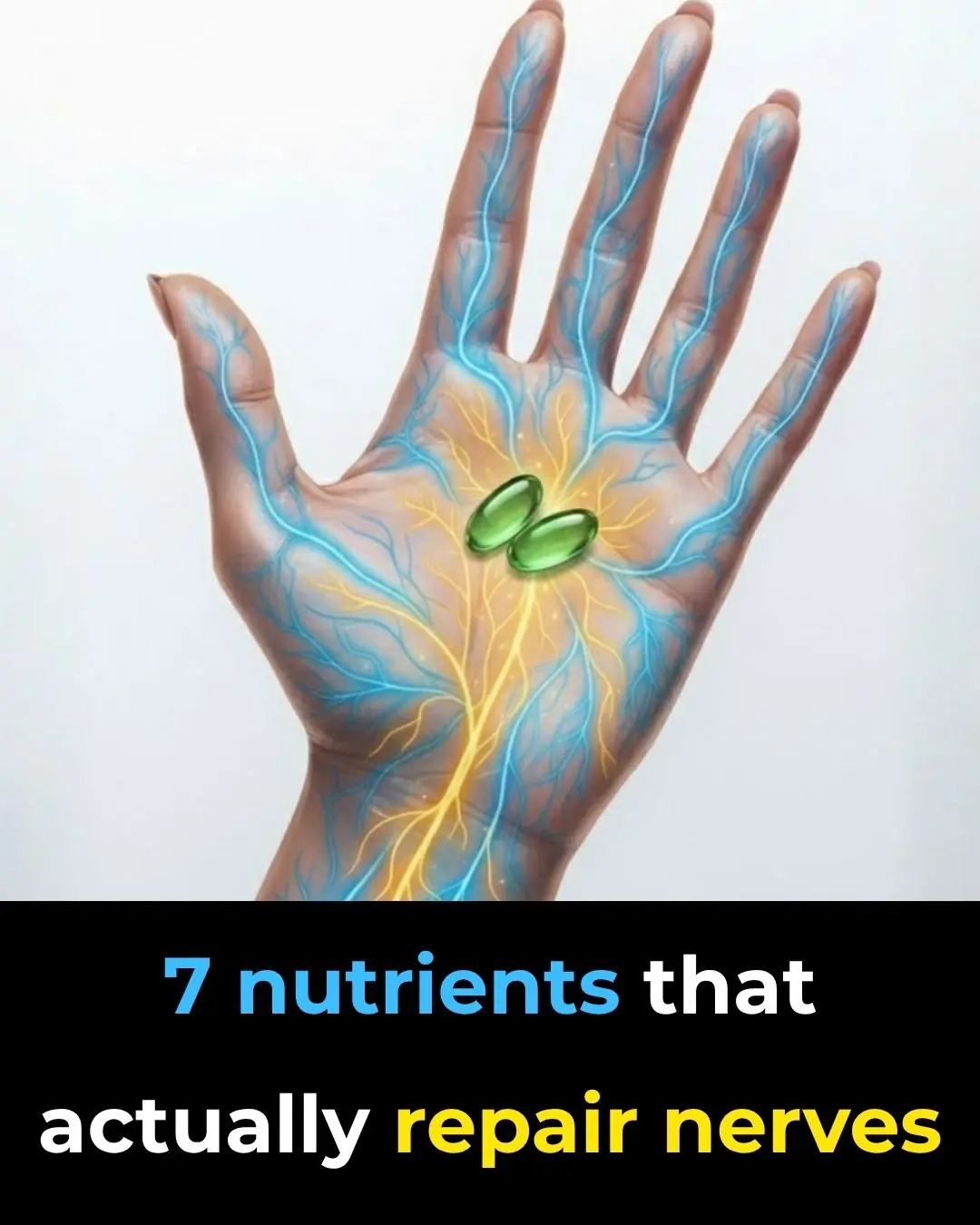
7 nutrients that actually repair nerves

The Forbidden 6-Ingredient Nightcap That Melts Belly Fat While You Sleep and Rewires Immunity Before Breakfast

Super good vegetable for the liver, the elderly and middle-aged people must eat

Don’t ignore this heart test—it might save your life!

The Forbidden Elixir Big Pharma Hopes You Never Discover: Master Tonic – One Daily Shot to Bulletproof Your Immunity and Ignite Lifelong Vitality!

Top 10 Foods to Heal Knee Pain and Boost Cartilage
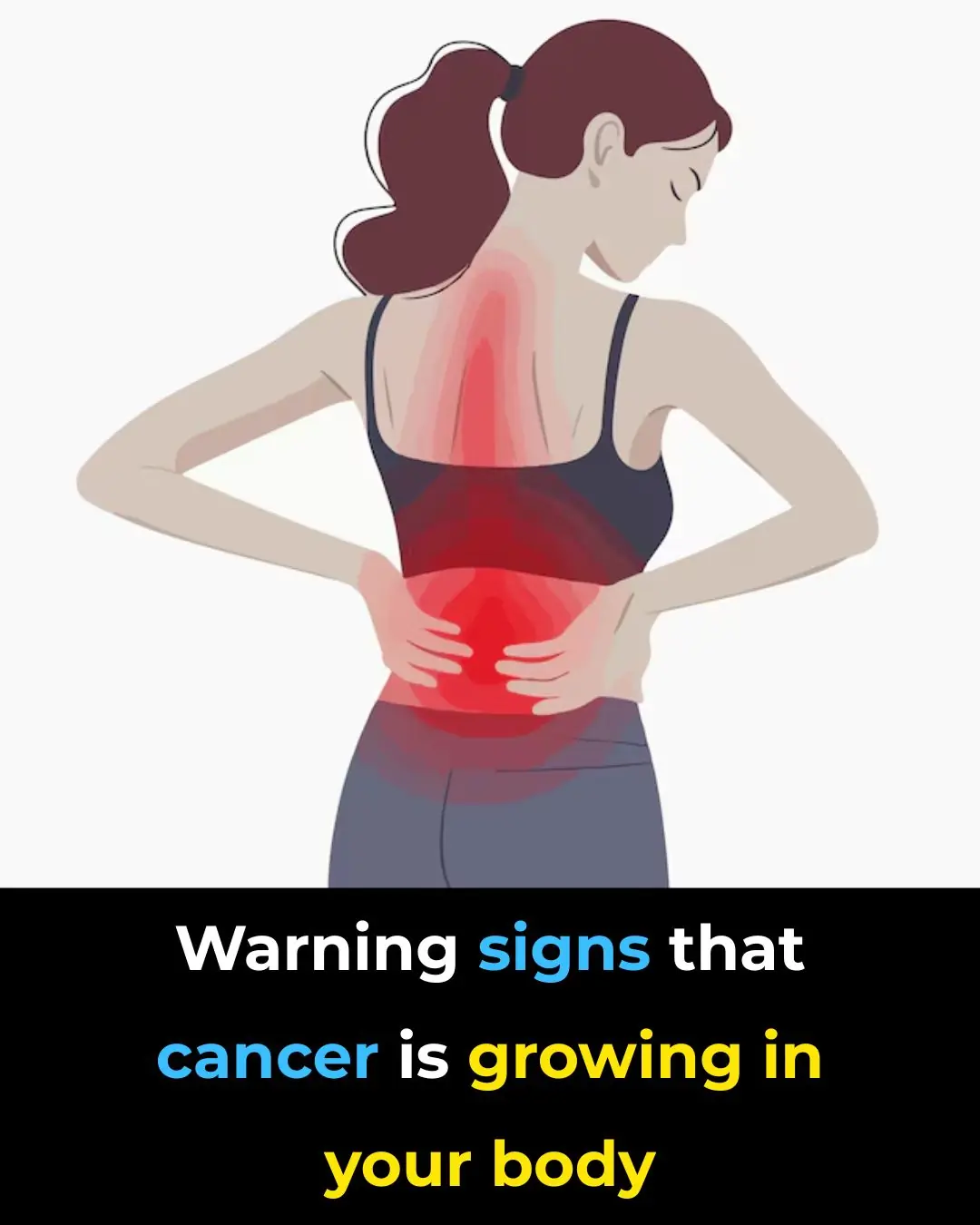
5 warning signs of cancer developing in the body

Eating beans daily slashes your risks of heart disease and diabetes, study finds

8 Early Signs of Mild Kidney Dysfunction Many People Overlook Until It Becomes Serious
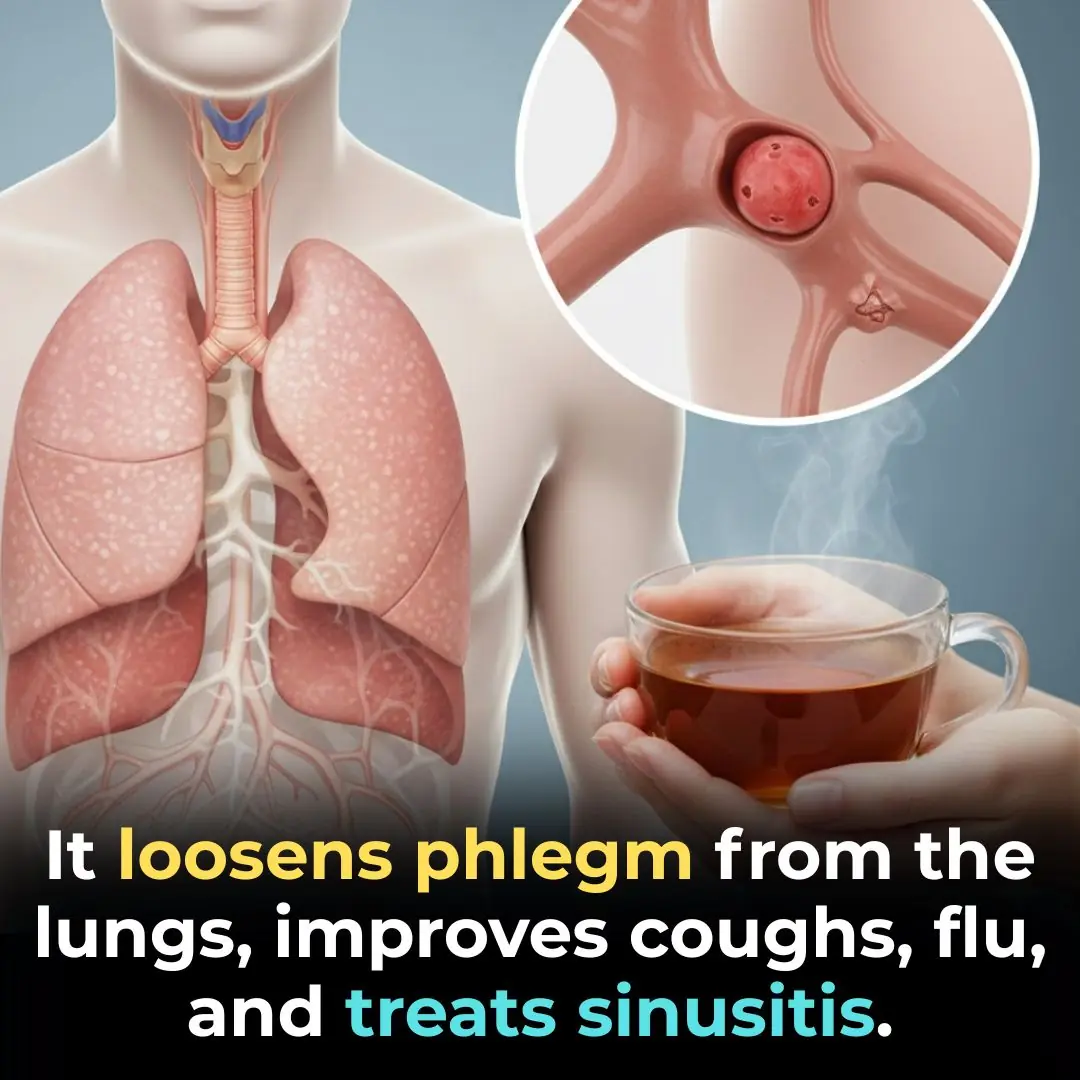
How To Get Rid of Phlegm And Mucus

Here’s The Right Time To Eat Everything

The #1 Seed That Makes Bones & Muscles Strong — And How to Use It!

Top 10 Foods to Heal Knee Pain and Boost Cartilage Naturally

Vitamin D3 Could Cut the Risk of a Second Heart Attack by Half

14 Foods That Naturally Boost Your Kidneys’ Detox Power Like Never Before

Doctors reveal that eating canned peaches causes ...
News Post

WENDY WILLIAMS DOES NOT HAVE FRONTOTEMPORAL DEMENTIA

Why Do We Get Shocked by Static Electricity
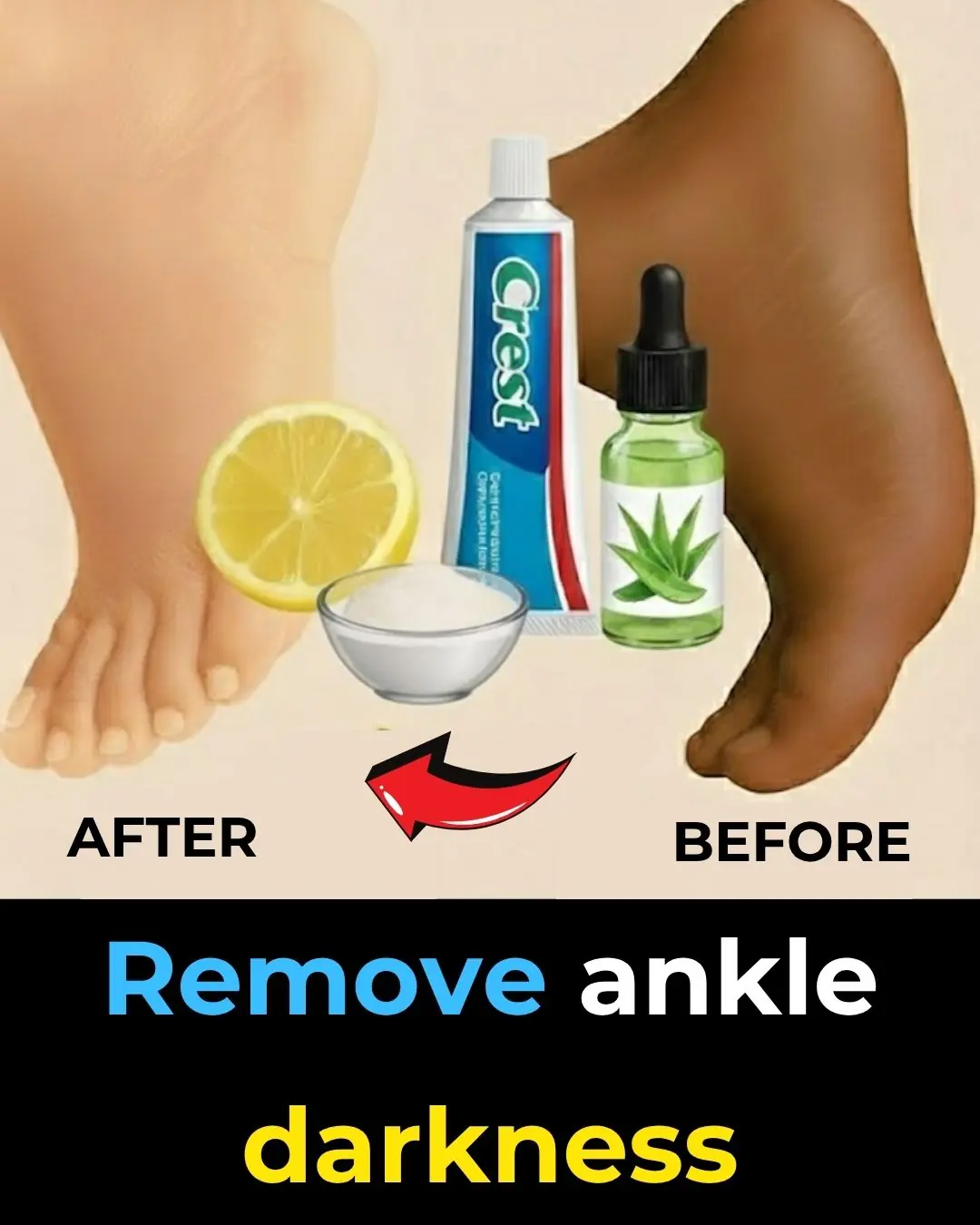
🦶 5 Natural Remedies for Cracked Heels

🌿 Natural Remedies to Strengthen Your Nails

Doctors prescribe LEVOTHYROXINE—but here’s what they don’t tell you

‘Broke My Heart!’: Arkansas Woman Drove Hours to Confront Pastor She Was Having an Affair with, Then Shot Him Dead in Front of His Wife

The #1 vitamin that can eliminate varicose veins—see how it fixes venous insufficiency!

7 nutrients that actually repair nerves

‘Had Security Called on Me 13 Times’: White Fans Tried to Get Black Woman Removed from Floor Seats at Jonas Brothers Concert Then It Backfired

Placing Garlic by Your Bed: 10 “Golden” Benefits You’ll Want to Try
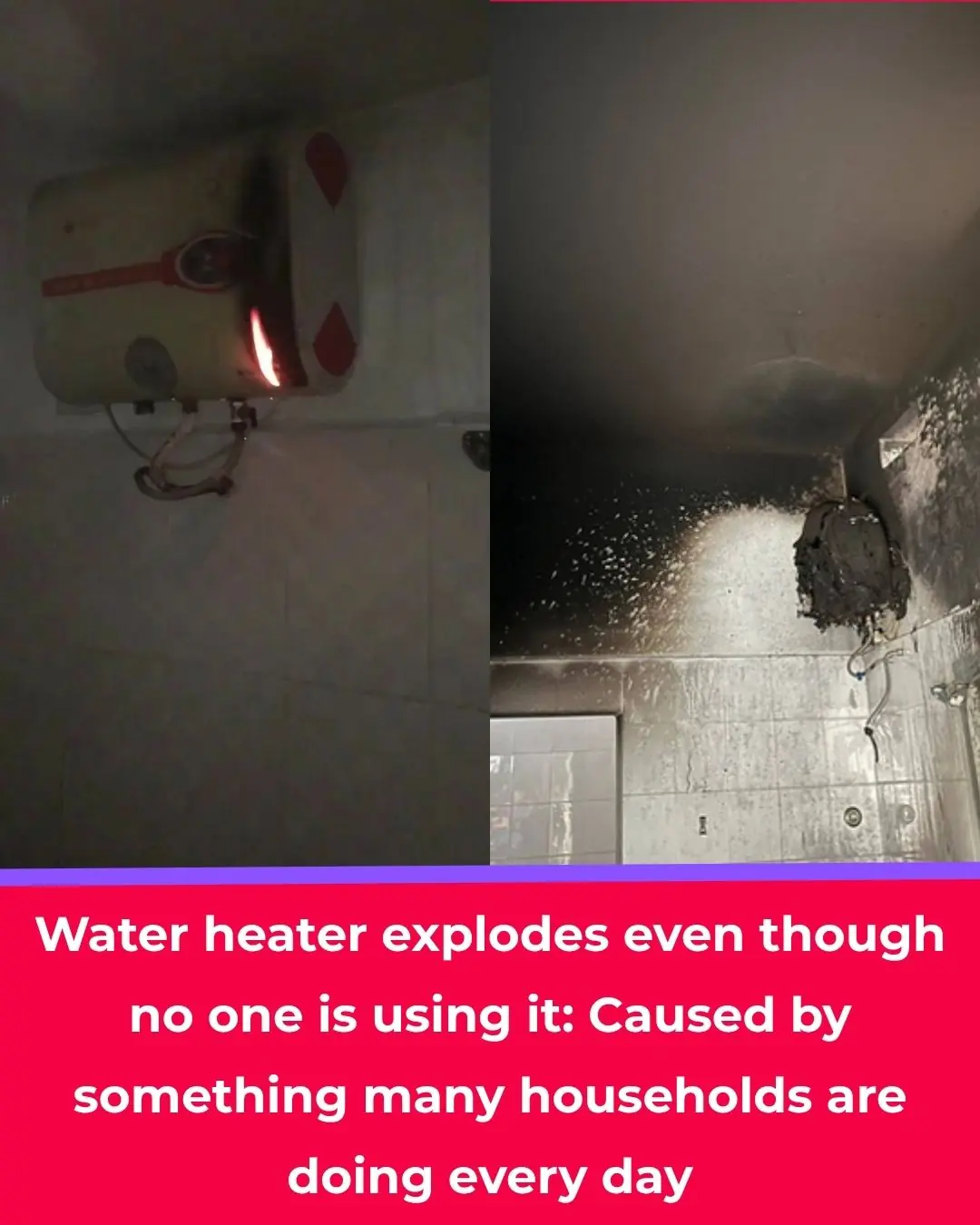
Electric Water Heaters Exploding Even When Not in Use: The Hidden Danger of a Common Habit

What Clearing the Table Says About You

‘Do You Have That Same Smoke? I’m Sick Of It’: Stephen A. Smith Believes His Rebuttal To Michelle Beadle and Cari Champion Is Giving Them The ‘Attention’ They Seek
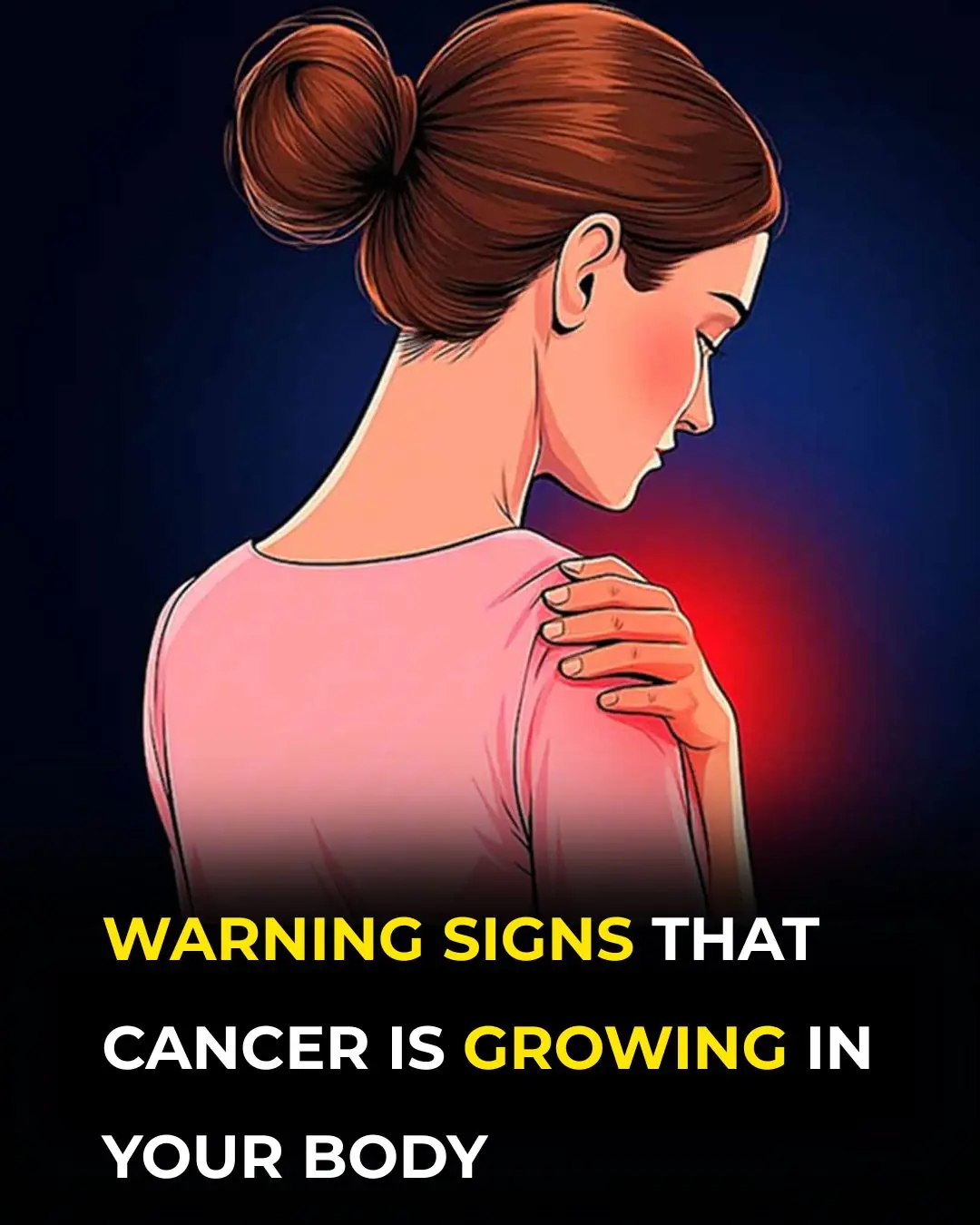
5 Early Cancer Symptoms You Must Not Overlook

Discover the Miraculous Benefits of Moringa

The Forbidden 6-Ingredient Nightcap That Melts Belly Fat While You Sleep and Rewires Immunity Before Breakfast

The Healing Power of Mimosa Pudica: 10 Health Benefits and How to Use This Amazing Plant

Super good vegetable for the liver, the elderly and middle-aged people must eat

Angus T. Jones, Who Played Jake Harper, Left The Show “Two And A Half Men” 9 Years Ago – This Is Him Today
